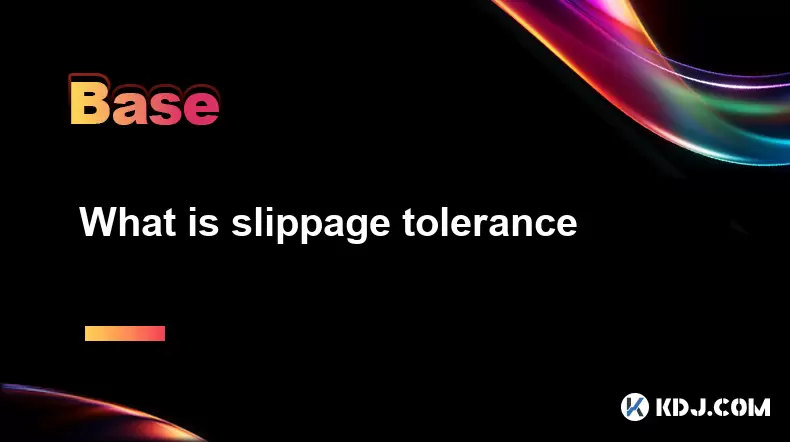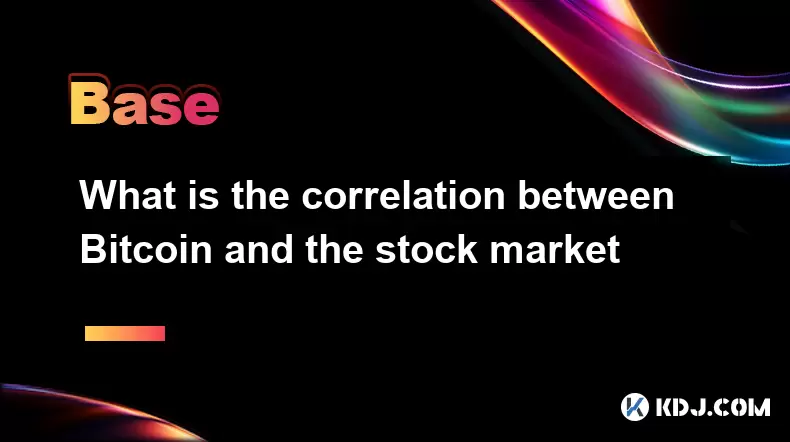-
 Bitcoin
Bitcoin $118,698.3676
0.16% -
 Ethereum
Ethereum $3,428.4877
5.97% -
 XRP
XRP $3.2496
9.52% -
 Tether USDt
Tether USDt $1.0002
0.00% -
 BNB
BNB $725.6930
4.36% -
 Solana
Solana $174.8923
4.52% -
 USDC
USDC $0.9997
-0.02% -
 Dogecoin
Dogecoin $0.2139
6.02% -
 TRON
TRON $0.3155
4.62% -
 Cardano
Cardano $0.8045
7.12% -
 Hyperliquid
Hyperliquid $46.6582
-1.72% -
 Stellar
Stellar $0.4676
0.80% -
 Sui
Sui $4.0143
0.38% -
 Chainlink
Chainlink $17.1546
2.97% -
 Hedera
Hedera $0.2458
3.27% -
 Bitcoin Cash
Bitcoin Cash $496.5967
-0.06% -
 Avalanche
Avalanche $22.8813
3.13% -
 Shiba Inu
Shiba Inu $0.0...01439
3.42% -
 UNUS SED LEO
UNUS SED LEO $8.8389
0.42% -
 Toncoin
Toncoin $3.2113
2.82% -
 Litecoin
Litecoin $101.2646
4.24% -
 Polkadot
Polkadot $4.2262
2.32% -
 Monero
Monero $340.4295
2.92% -
 Pepe
Pepe $0.0...01365
2.92% -
 Uniswap
Uniswap $8.9702
-2.78% -
 Bitget Token
Bitget Token $4.7675
2.00% -
 Dai
Dai $0.9998
-0.02% -
 Ethena USDe
Ethena USDe $1.0003
-0.04% -
 Aave
Aave $324.6394
-2.11% -
 Bittensor
Bittensor $433.6051
-0.88%
What is slippage tolerance
Slippage in crypto trading occurs when market volatility or low liquidity causes your trade to execute at a different price than expected, impacting profitability.
Jul 17, 2025 at 09:36 am

Understanding Slippage in Cryptocurrency Trading
In the world of cryptocurrency trading, slippage refers to the difference between the expected price of a trade and the actual executed price. This phenomenon occurs due to market volatility and liquidity conditions. When you place an order on a decentralized exchange (DEX) or centralized platform, especially during high volatility or low liquidity periods, your order may not get filled at the desired price. Instead, it gets filled at the next best available price, which can be higher or lower than anticipated.
For example, if you're trying to buy 1 ETH when its current market price is $2,000, but due to rapid price movement, your order executes at $2,015, that $15 difference is known as slippage. It's important to understand this concept because it directly affects your trading outcomes and profitability.
What Is Slippage Tolerance?
Slippage tolerance is the maximum amount of price deviation you're willing to accept when executing a trade on a decentralized exchange. It's usually expressed as a percentage and determines how much the price can change from the time you submit your transaction to when it's actually processed on the blockchain.
Most DEX platforms like Uniswap, SushiSwap, or PancakeSwap allow users to set their own slippage tolerance levels. For instance, setting a slippage tolerance of 0.5% means you're okay with your trade being executed up to 0.5% away from the quoted price. If the price moves beyond that threshold, the transaction will fail to protect you from unfavorable execution.
Why Does Slippage Occur?
Slippage occurs primarily due to two factors: market volatility and network congestion. In fast-moving markets, especially during news events or sudden shifts in investor sentiment, prices can fluctuate rapidly within seconds. Since blockchain transactions take time to confirm, there's a lag between when you initiate a trade and when it’s completed.
Additionally, low liquidity for certain tokens can also cause significant slippage. If a token doesn't have enough buyers and sellers, large trades can move the price dramatically before they are fully executed. This is more common with smaller-cap altcoins compared to major cryptocurrencies like Bitcoin or Ethereum.
Another contributing factor is blockchain network delays. High gas fees or slow block confirmation times can delay transaction execution, increasing the chance of slippage.
How to Set Slippage Tolerance on a DEX
Setting slippage tolerance correctly is crucial for successful trading on decentralized exchanges. Here's how you can adjust it:
- Open your preferred DEX interface (e.g., Uniswap, PancakeSwap)
- Connect your wallet (like MetaMask or Trust Wallet)
- Navigate to the swap section
- Look for a settings icon (often represented by a gear symbol)
- Locate the slippage tolerance option
- Input your desired percentage manually or choose from preset options
Some platforms offer default slippage settings, often around 0.5%, but advanced traders may prefer to adjust this based on the asset they’re trading and current market conditions. For highly volatile tokens, increasing the slippage tolerance slightly might help execute trades successfully without constant transaction failures.
Impact of Slippage Tolerance on Transaction Success
Your choice of slippage tolerance has a direct impact on whether your transaction will go through or revert. A lower slippage tolerance increases the chances of getting a favorable price, but it also raises the risk of transaction failure in volatile markets. On the other hand, a higher slippage tolerance makes your trade more likely to execute but could result in paying more than intended.
For example, attempting to swap a large amount of a low-liquidity token with a 0.1% slippage tolerance might result in a failed transaction. Increasing it to 1% or 2% could allow the trade to proceed, albeit at a potentially less favorable rate. Understanding this balance helps traders avoid frustration and unnecessary gas fees.
Best Practices for Managing Slippage Tolerance
To manage slippage effectively, consider the following practices:
- Monitor market conditions before initiating trades
- Avoid placing large trades during high volatility unless necessary
- Use limit orders where available to control execution price
- Adjust slippage tolerance based on token liquidity
- Consider splitting large trades into smaller ones to reduce overall slippage impact
By staying informed about market dynamics and adjusting your slippage settings accordingly, you can minimize losses and improve your trading experience on decentralized platforms.
Frequently Asked Questions (FAQs)
Q: Can I completely eliminate slippage when trading crypto?
A: No, slippage cannot be entirely eliminated, especially on decentralized exchanges. However, using limit orders, trading during low volatility, and choosing high-liquidity pairs can significantly reduce its impact.
Q: What happens if the slippage exceeds my set tolerance?
A: If the actual price deviates beyond your chosen slippage tolerance, the transaction will fail, and your funds will remain in your wallet. This prevents unfavorable executions.
Q: Should I always use the default slippage setting on DEX platforms?
A: Not necessarily. Default settings like 0.5% work well for most scenarios, but depending on market conditions and the token you're trading, you may need to adjust it manually for better results.
Q: How does slippage differ between centralized and decentralized exchanges?
A: Centralized exchanges typically handle slippage internally and don’t expose users to direct slippage issues. Decentralized exchanges, however, require users to set their own slippage tolerance since transactions are settled on-chain and subject to real-time market data.
Disclaimer:info@kdj.com
The information provided is not trading advice. kdj.com does not assume any responsibility for any investments made based on the information provided in this article. Cryptocurrencies are highly volatile and it is highly recommended that you invest with caution after thorough research!
If you believe that the content used on this website infringes your copyright, please contact us immediately (info@kdj.com) and we will delete it promptly.
- Maharashtra Government Nurses Launch Indefinite Strike: A Healthcare Crisis?
- 2025-07-18 04:30:13
- Hilbert Group, Syntetika, and Tokenization: Bridging DeFi and Institutional Finance
- 2025-07-18 05:30:12
- Crypto Regulation in the US House: Decoding the CLARITY Act and What It Means for You
- 2025-07-18 04:30:13
- Superman Soars on Coins and Medals: A Collector's Guide to Comic Art Treasures
- 2025-07-18 05:30:12
- Bitcoin Whale Wallets in Motion: What's the Buzz?
- 2025-07-18 05:35:13
- Pepeto, Dogecoin, Popcat: Meme Coin Mania in 2025!
- 2025-07-18 05:50:12
Related knowledge

What is the Bitcoin dominance index
Jul 12,2025 at 10:35pm
Understanding the Bitcoin Dominance IndexThe Bitcoin Dominance Index, often abbreviated as BTC.D, is a metric used to measure Bitcoin's market capital...

What is the Bitcoin dominance index
Jul 11,2025 at 04:29am
What is the Bitcoin Dominance Index?The Bitcoin Dominance Index is a metric used to gauge Bitcoin's market capitalization relative to the total market...

What is the correlation between Bitcoin and the stock market
Jul 18,2025 at 04:56am
Understanding the Correlation Between Bitcoin and the Stock MarketThe correlation between Bitcoin and the stock market has become a topic of increasin...

Can crypto be a hedge against inflation
Jul 14,2025 at 12:21am
Understanding the Concept of Hedging Against InflationInflation refers to the general increase in prices and fall in the purchasing value of money ove...

Can crypto be a hedge against inflation
Jul 12,2025 at 12:07pm
Understanding the Role of Blockchain in Decentralized Finance (DeFi)Blockchain technology serves as the backbone of decentralized finance, offering a ...

What are account abstraction wallets
Jul 13,2025 at 01:43am
Understanding the Concept of Account AbstractionAccount abstraction is a term frequently used in the Ethereum ecosystem, particularly within discussio...

What is the Bitcoin dominance index
Jul 12,2025 at 10:35pm
Understanding the Bitcoin Dominance IndexThe Bitcoin Dominance Index, often abbreviated as BTC.D, is a metric used to measure Bitcoin's market capital...

What is the Bitcoin dominance index
Jul 11,2025 at 04:29am
What is the Bitcoin Dominance Index?The Bitcoin Dominance Index is a metric used to gauge Bitcoin's market capitalization relative to the total market...

What is the correlation between Bitcoin and the stock market
Jul 18,2025 at 04:56am
Understanding the Correlation Between Bitcoin and the Stock MarketThe correlation between Bitcoin and the stock market has become a topic of increasin...

Can crypto be a hedge against inflation
Jul 14,2025 at 12:21am
Understanding the Concept of Hedging Against InflationInflation refers to the general increase in prices and fall in the purchasing value of money ove...

Can crypto be a hedge against inflation
Jul 12,2025 at 12:07pm
Understanding the Role of Blockchain in Decentralized Finance (DeFi)Blockchain technology serves as the backbone of decentralized finance, offering a ...

What are account abstraction wallets
Jul 13,2025 at 01:43am
Understanding the Concept of Account AbstractionAccount abstraction is a term frequently used in the Ethereum ecosystem, particularly within discussio...
See all articles

























































































